
How to Ride an E-bike - A Beginner's Guide to Safe and Effective Riding
Electric bikes have revolutionized personal transportation, offering a blend of traditional cycling with the added boost of electric assistance. Whether you're commuting to work, exploring scenic trails, or simply running errands, e-bikes provide an efficient and enjoyable way to get around. However, mastering the art of riding an e-bike safely and effectively requires understanding its unique features and controls. This guide aims to provide beginners with the essential knowledge and practical tips to ensure a smooth and secure riding experience.
Getting to Know Your E-bike
Understanding the Controls:
Familiarize yourself with the power button, typically located on the handlebars or near the battery. Understand how to toggle through assist levels, which determine the amount of motor assistance. If your e-bike has a throttle, learn how it engages the motor without pedaling.
Pay attention to the display, which provides crucial information such as speed, battery level, distance traveled, and assist level.
Adjusting the Fit:
Proper seat height is essential for comfortable and efficient pedaling. Adjust the seat so that your legs have a slight bend when the pedal is at its lowest point.
Adjust the handlebars to a comfortable reach that allows for relaxed shoulders and good control.
Check your tire pressure before each ride, proper tire pressure increases range, and improves handling.
Battery and Charging:
Monitor the battery level on the display.
Learn how to connect the charger and follow the manufacturer's instructions.
Avoid overcharging and storing the battery in extreme temperatures to prolong its lifespan.
Starting and Stopping Safely
Starting:
Engage pedal assist or throttle smoothly to avoid sudden acceleration. Start in a low assist level to maintain control.
When starting on an incline, use a lower gear and a higher assist level to prevent struggling.
Stopping:
Use both brakes evenly and smoothly to avoid skidding. Apply the rear brake slightly before the front brake for better control.
Anticipate stops and slow down gradually to maintain stability.
Keep your body centered and balanced when braking.
Emergency Stops:
Practice emergency stops in a safe, open area. Apply both brakes firmly and simultaneously, shifting your weight slightly backward.
Become proficient at controlled hard braking.

Riding Techniques and Tips
Pedaling and Assist Levels:
Use different assist levels to match varying terrain and conditions. Lower levels are ideal for flat surfaces and longer rides, while higher levels provide more assistance for hills and headwinds.
Maintain a consistent cadence (pedaling rate) for efficient energy use.
Use the gears in combination with the assist levels, to find the optimal output.
Cornering and Maneuvering:
Lean your body slightly in the direction of the turn and steer smoothly.
Look ahead and anticipate turns to maintain balance and control.
Constantly scan for hazards.
Riding in Traffic:
Use clear hand signals to indicate turns and lane changes.
Be visible and predictable to other road users.
Practice defensive riding techniques, such as maintaining a safe distance from vehicles.
Hills and Inclines:
Use lower gears and higher assist levels to climb hills efficiently.
Maintain momentum to avoid stalling.
Descending Hills:
Use brakes and gears to control your speed.
Keep your weight balanced and avoid sudden braking.
Safety and Precautions
Helmet and Protective Gear:
Always wear a properly fitted helmet to protect your head.
Consider wearing gloves, eye protection, and other protective gear for added safety.
Visibility and Lighting:
Use lights and reflectors, especially when riding at night or in low-light conditions.
Wear bright or reflective clothing to enhance visibility.
E-bike Maintenance:
Perform regular maintenance checks, including tire pressure, brake function, and battery condition.
Keep your ebike clean and lubricated.
Local Laws and Regulations:
Familiarize yourself with local e-bike laws and regulations, including speed limits, helmet requirements, and where you're allowed to ride.
Riding an e-bike can be a fun and efficient way to travel, but it's essential to prioritize safety and understand your e-bike's features. By following these guidelines and practicing regularly, you can gain confidence and enjoy a smooth and secure riding experience. Remember to always prioritize safety, and enjoy the ride.




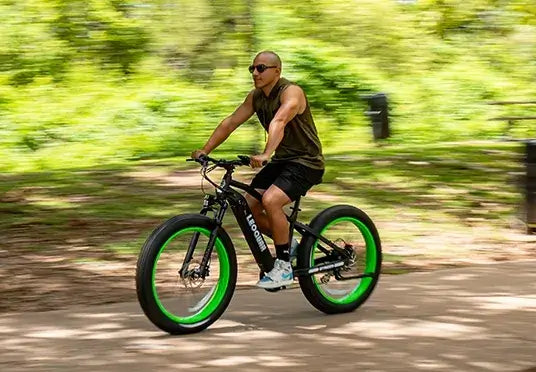

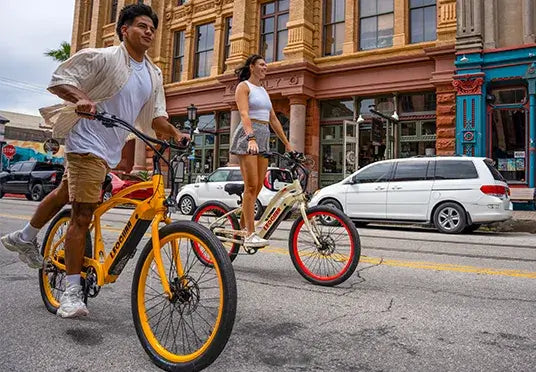
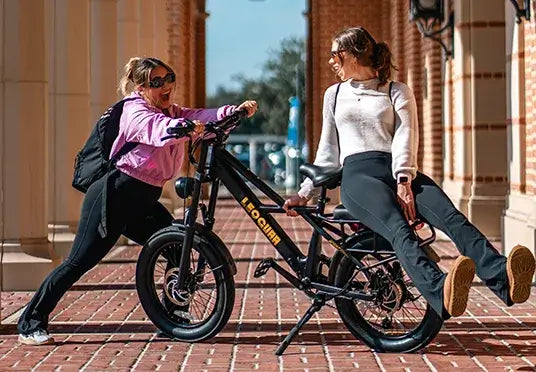
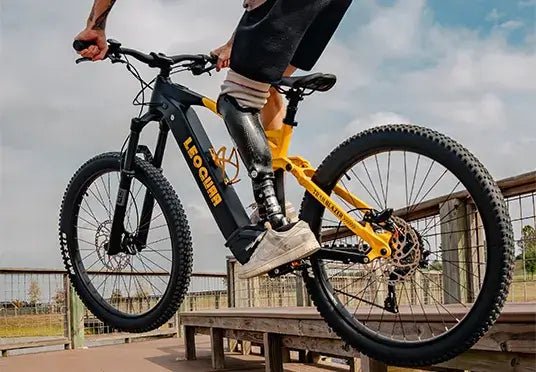

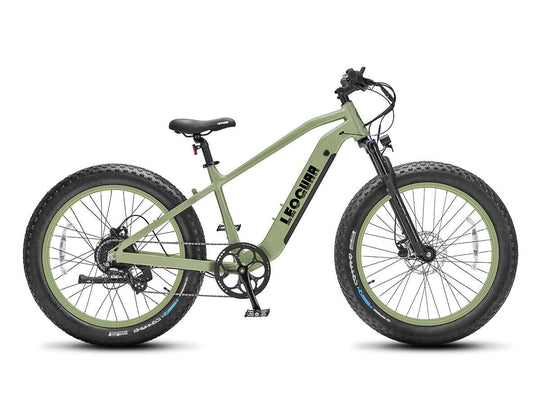
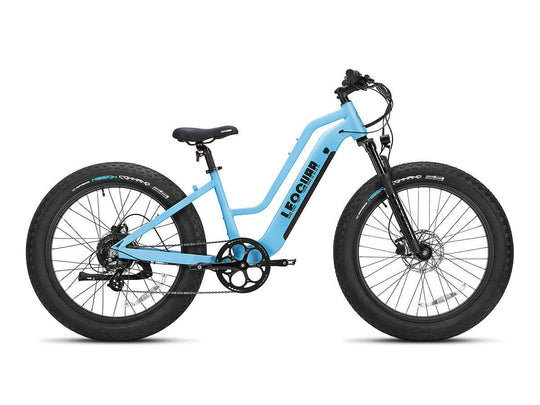
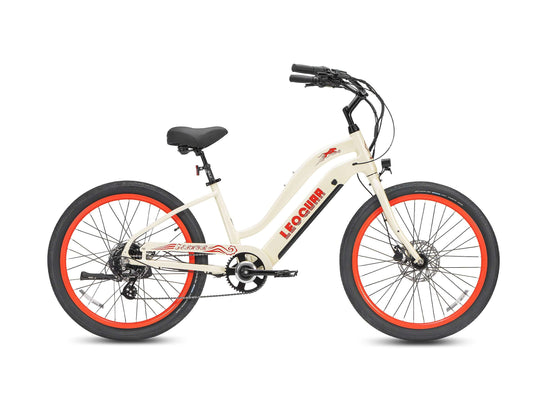
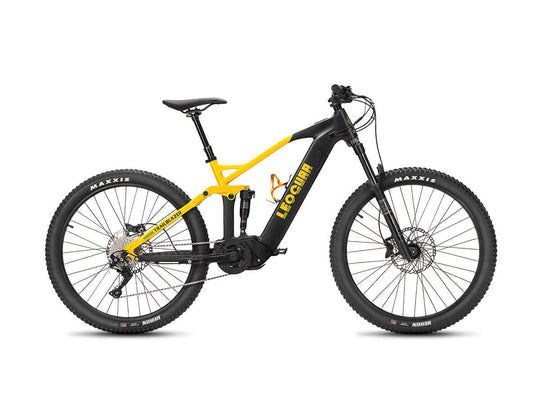

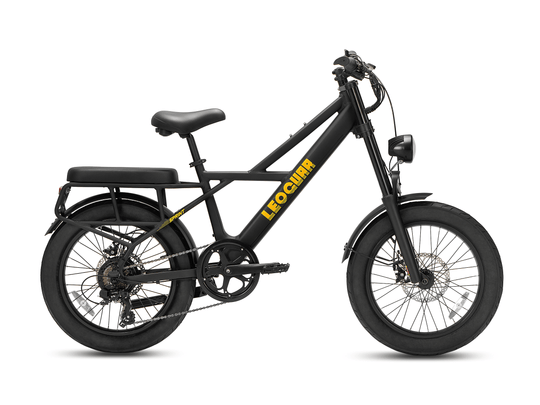
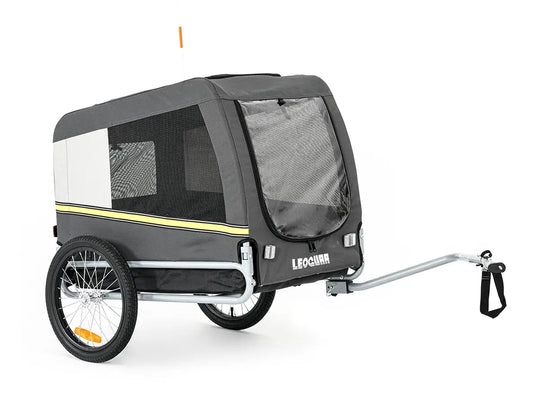
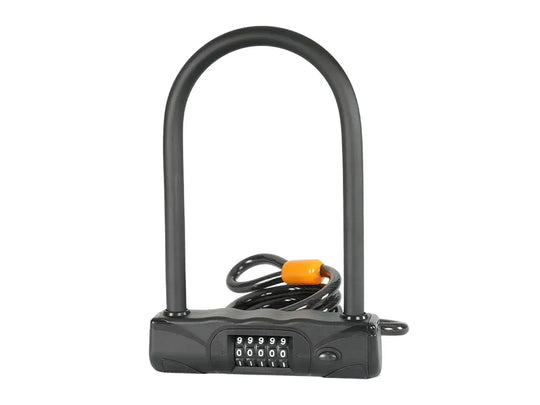

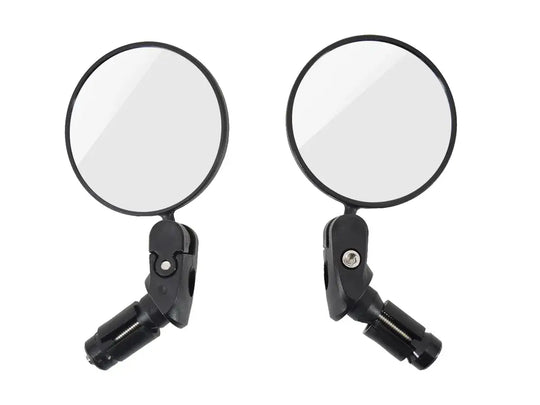
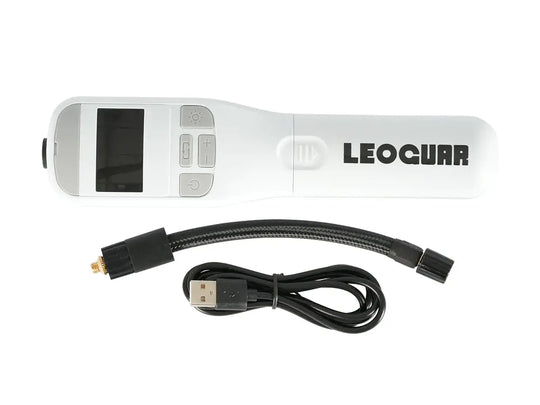
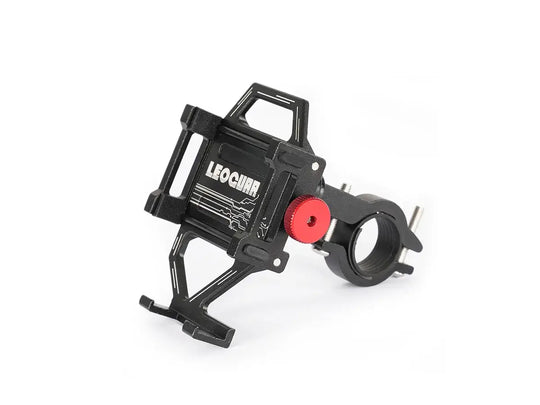
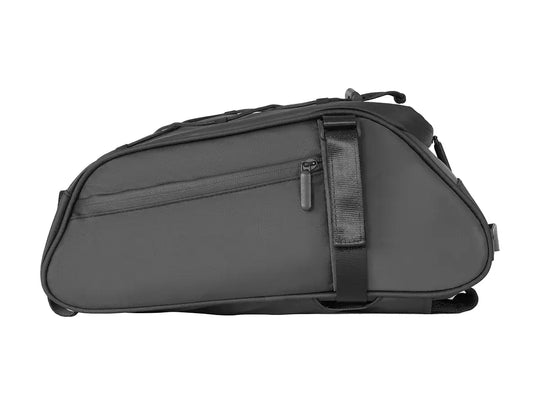
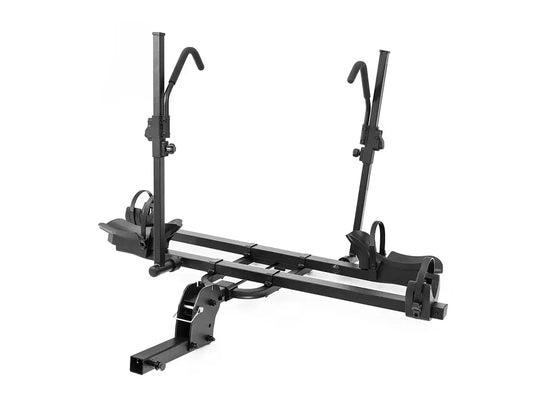
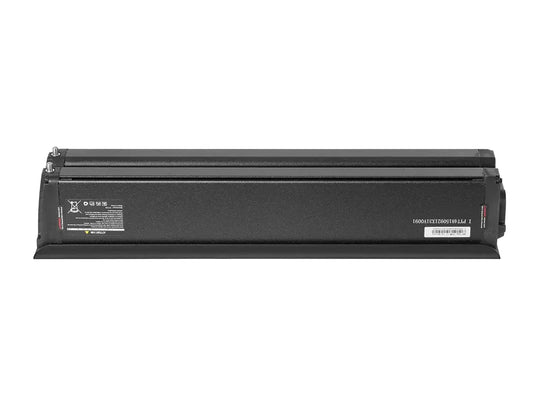

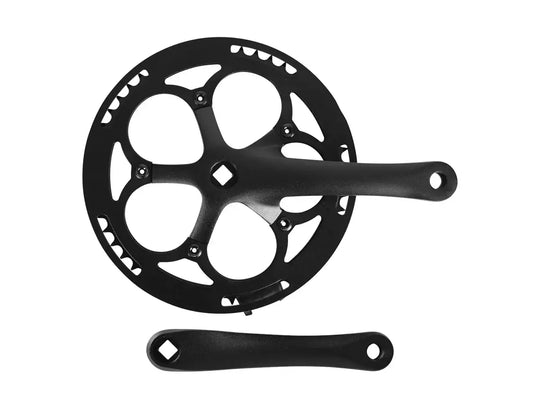
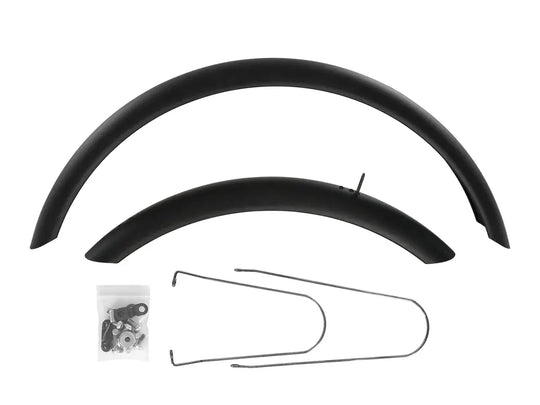
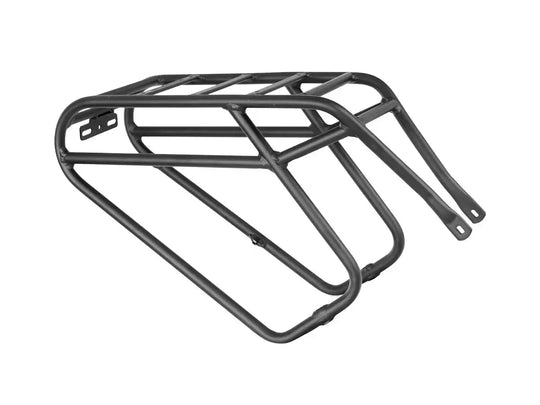
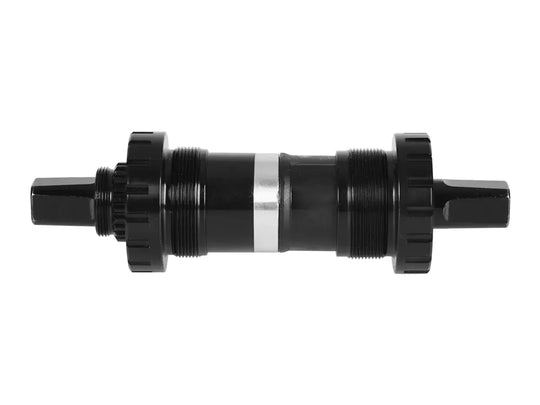
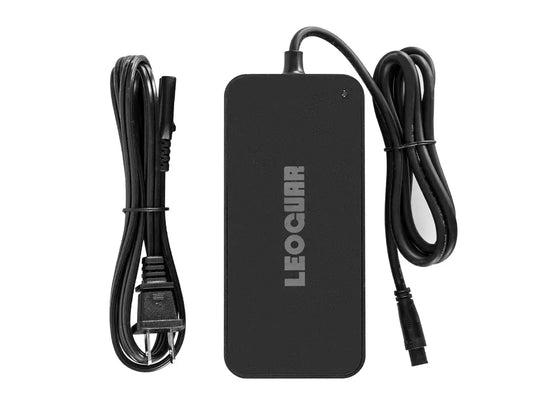
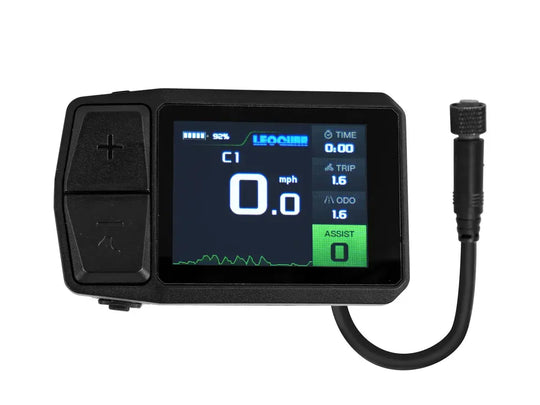







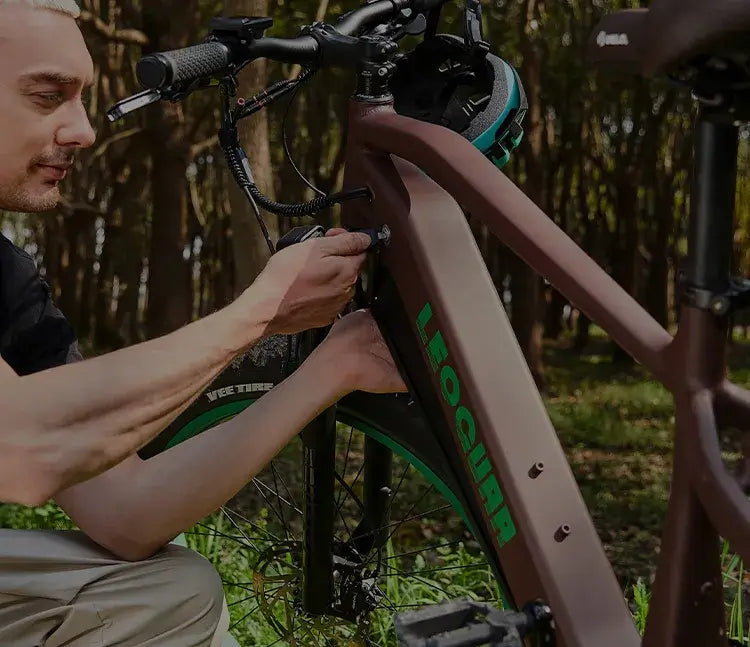
Leave a comment